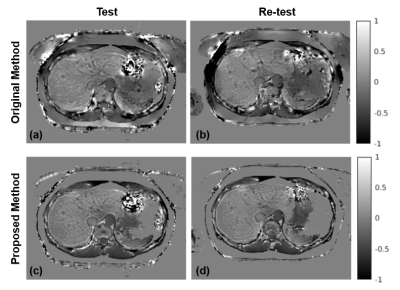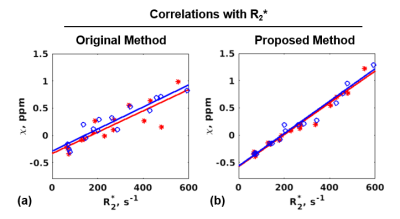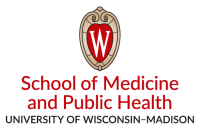Julia V Velikina1, Ruiyang Zhao1,2, Collin Buelo2, Alexey A Samsonov1, Scott Reeder1,2,3,4,5, and Diego Hernando1,2
1Radiology, University of Wisconsin-Madison, Madison, WI, United States, 2Medical Physics, University of Wisconsin - Madison, Madison, WI, United States, 3Biomedical Engineering, University of Wisconsin - Madison, Madison, WI, United States, 4Emergency Medicine, University of Wisconsin - Madison, Madison, WI, United States, 5Medicine, University of Wisconsin - Madison, Madison, WI, United States
1Radiology, University of Wisconsin-Madison, Madison, WI, United States, 2Medical Physics, University of Wisconsin - Madison, Madison, WI, United States, 3Biomedical Engineering, University of Wisconsin - Madison, Madison, WI, United States, 4Emergency Medicine, University of Wisconsin - Madison, Madison, WI, United States, 5Medicine, University of Wisconsin - Madison, Madison, WI, United States
We optimize the use of additional information provided by multi-echo imaging to regularize the QSM inversion problem. This approach resulted in significantly reduced shading artifact, improved quality of susceptibility maps, and higher repeatability of measurements.

Figure 5. Compared to the original liver QSM method (a: test, b: re-test), the proposed method (c: test, d: re-test) produces more consistent (repeatable) susceptibility maps. The improved repeatability may be explained by the fact that the proposed method is less sensitive to errors in the field map induced by air/tissue interface due to adaptive data weighting, which, together with fat constraint, reduces shading artifacts.

Figure 3. Correlation of R2* values in the liver with susceptibility values and the corresponding linear regression lines for test (red) and re-test (blue) exams obtained with (a) the original method (slopes 0.002/0.002, y-intercepts -0.334/-0.289, R2=0.858/0.939); (b) the proposed method (slopes 0.0029/0.003, y-intercepts -0.577/-0.566, R2=0.982/0.985). These slopes/intercepts are consistent with previously reported5 correlation results (slope 0.0028, y-intercept -0.54).
